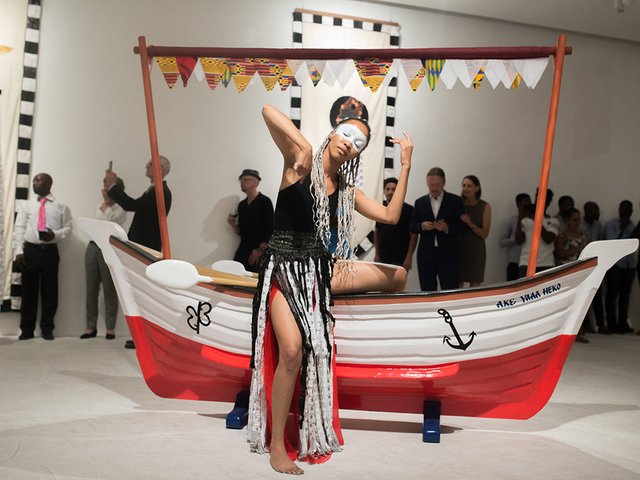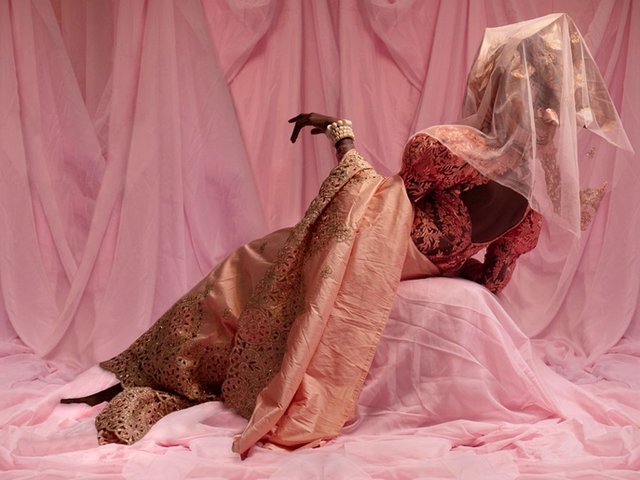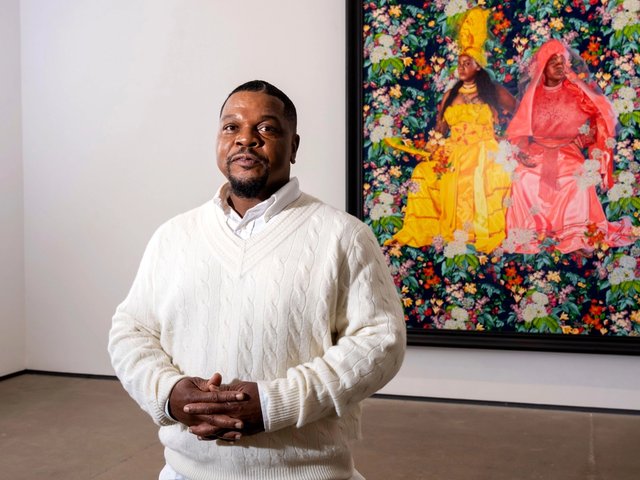Barely a year after it was founded in November 2020, the Noldor artist residency programme in Accra, Ghana, is evolving into a museum devoted to contemporary African and diaspora art. Housed in a former pharmaceutical factory in the city centre, the Institute Museum of Ghana is billed as the first of its kind in a country where government funding for arts and culture is scarce.
The fledgling institution is the brainchild of the 25-year-old founding director of the Noldor residency, Joseph Awuah-Darko, a former artist and musician turned collector and social entrepreneur. Awuah-Darko is underwriting some of the estimated $850,000 cost of transforming the old factory into a public art space, as well as donating around 50 works from his own collection. The new museum will be entirely privately funded, supported by international donors and an endowment created through the deaccession of works pledged by artists who are “upholding the sustainability of the residency which they form a formidable part of”, he says.
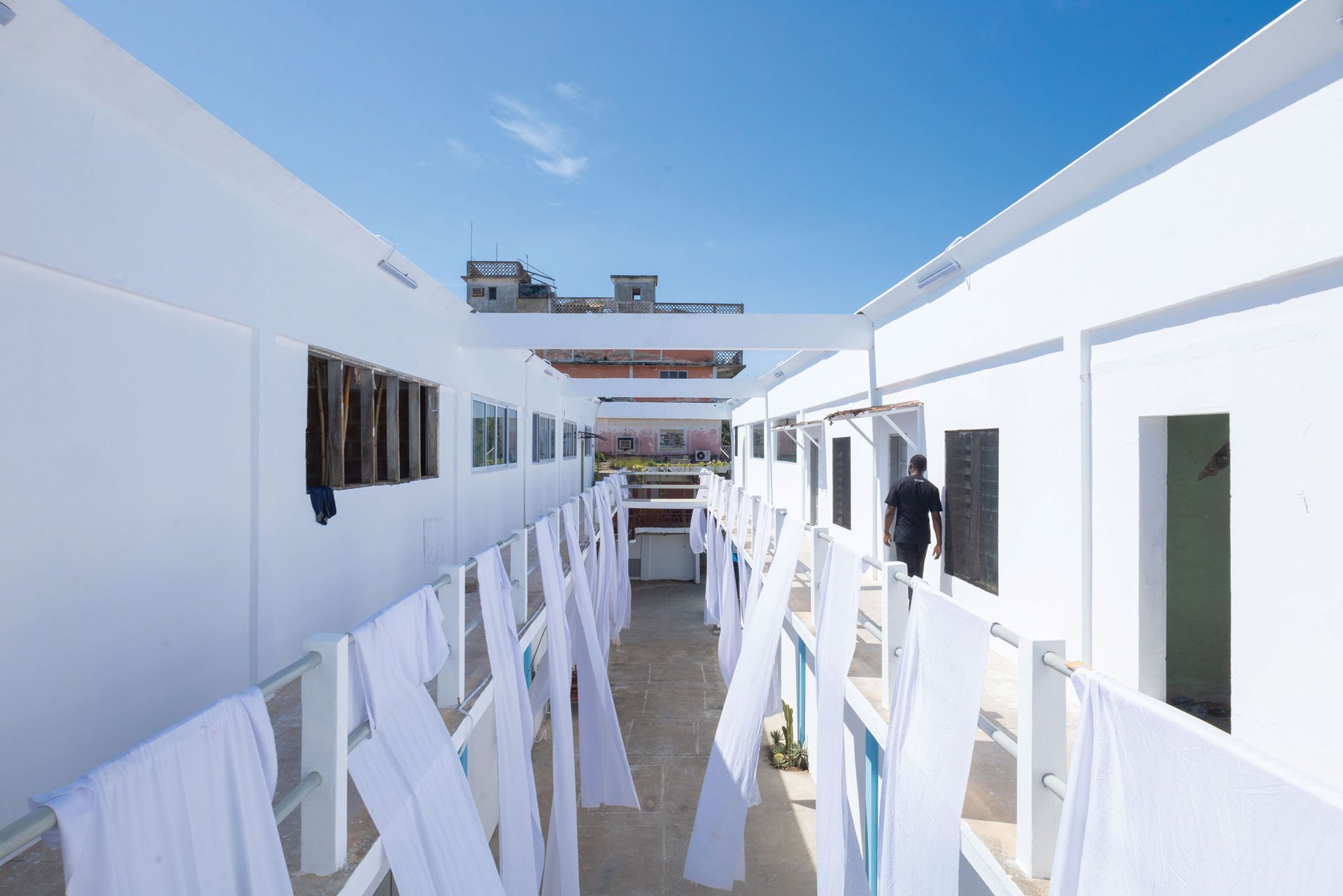
The complex in central Accra is being refurbished with advice from the Ghanaian-British architect David Adjaye Photo: © Kwadwo Asiedu Obeng; courtesy of the Institute Museum of Ghana
The venue is due to open to the public next March after a refurbishment guided by the renowned Ghanaian-British architect David Adjaye, who is a member of the museum’s advisory board. So far, five of the 11 studio and exhibition spaces have been renovated within the institution’s 7,200 sq. m complex—space that can now be used to display the approximately 100 works of art currently in its collection.
The museum aims to accommodate dance and performance works in addition to traditional media, and will continue to serve as a springboard for visiting artist residents. The first exhibition next year will feature a current Noldor fellow, the painter Mimi Adu-Serwaah. Her work recently represented Ghana at the pan-African Biennale of Luanda in Angola, in partnership with Unesco and the African Union.
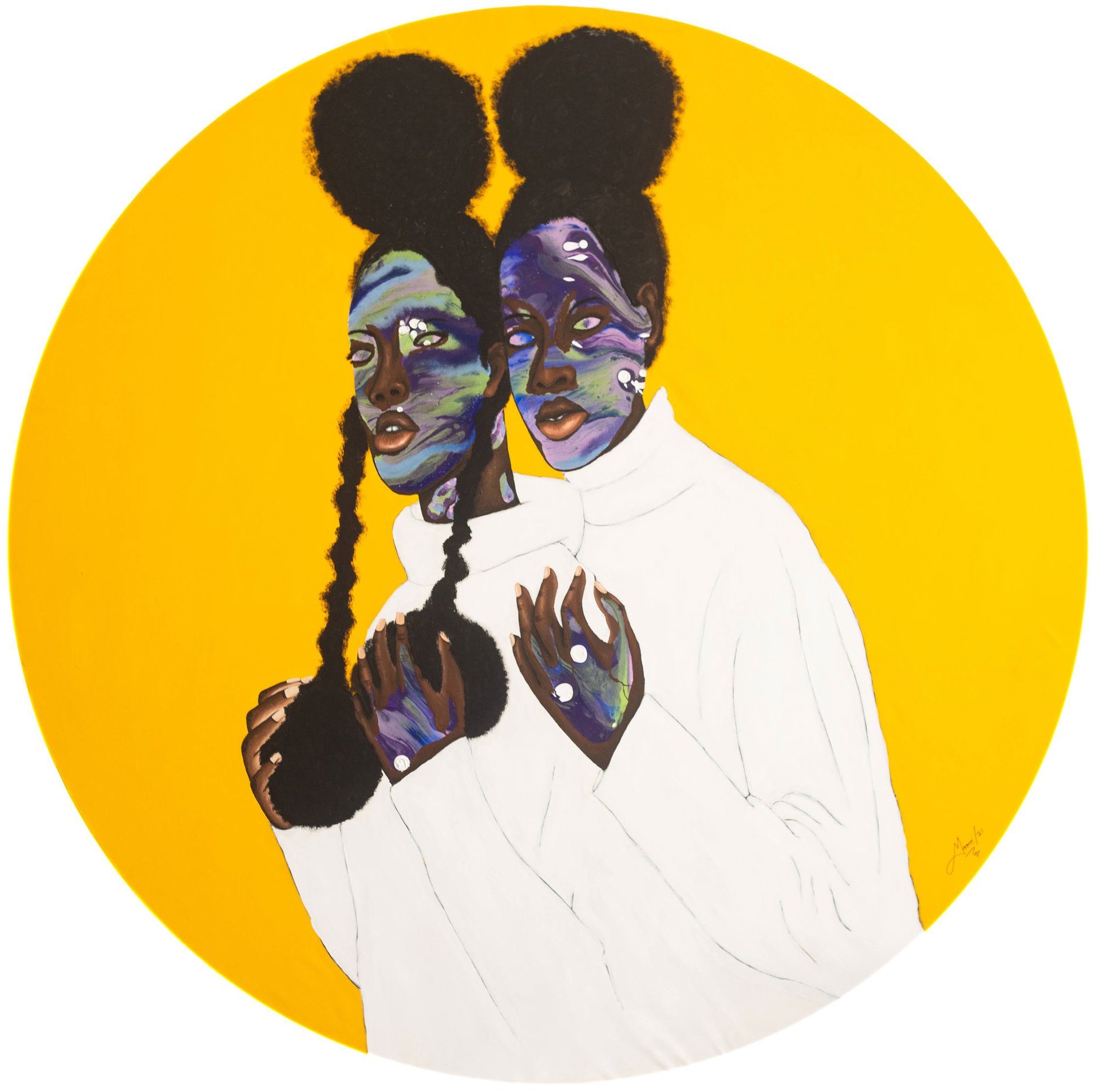
Afrobun Twins (2021) by Mimi Adu-Serwaah, a fellow on the Noldor residency programme whose work will feature in the museum's first exhibition next March Photo: Jeremy Joseph; courtesy of the Institute Museum of Ghana
Besides Adu-Serwaah, the Institute Museum will house pieces by some of Africa’s most exciting names in contemporary art, including Serge Attukwei Clottey and Paa Joe from Ghana, and Esther Mahlangu from South Africa. Awuah-Darko says the collection will not shy away from socially engaged practice, citing the Nigeria-based multimedia artist Modupeola Fadugba and the Zimbabwean Moffat Takadiwa, who makes tapestries from electronic waste. The museum’s approach to its permanent collection and temporary exhibitions is rooted in a “50/50” commitment to gender parity, Awuah-Darko adds.
Programming is being led by the 26-year-old chief curator Rita Mawuena Benissan, a Ghanaian-American artist who recently relocated to Accra after completing a master’s in photography at the University of Wisconsin-Madison. Mawuena Benissan describes the move as an extension of her artistic practice, as she hopes to drive the growth of the local and African art scenes. “Joseph and I are trying to nurture a collaborative and critical art spirit here in Ghana,” she says, “but we are also aware that this involves establishing an art ecology both here and across the entire continent”.
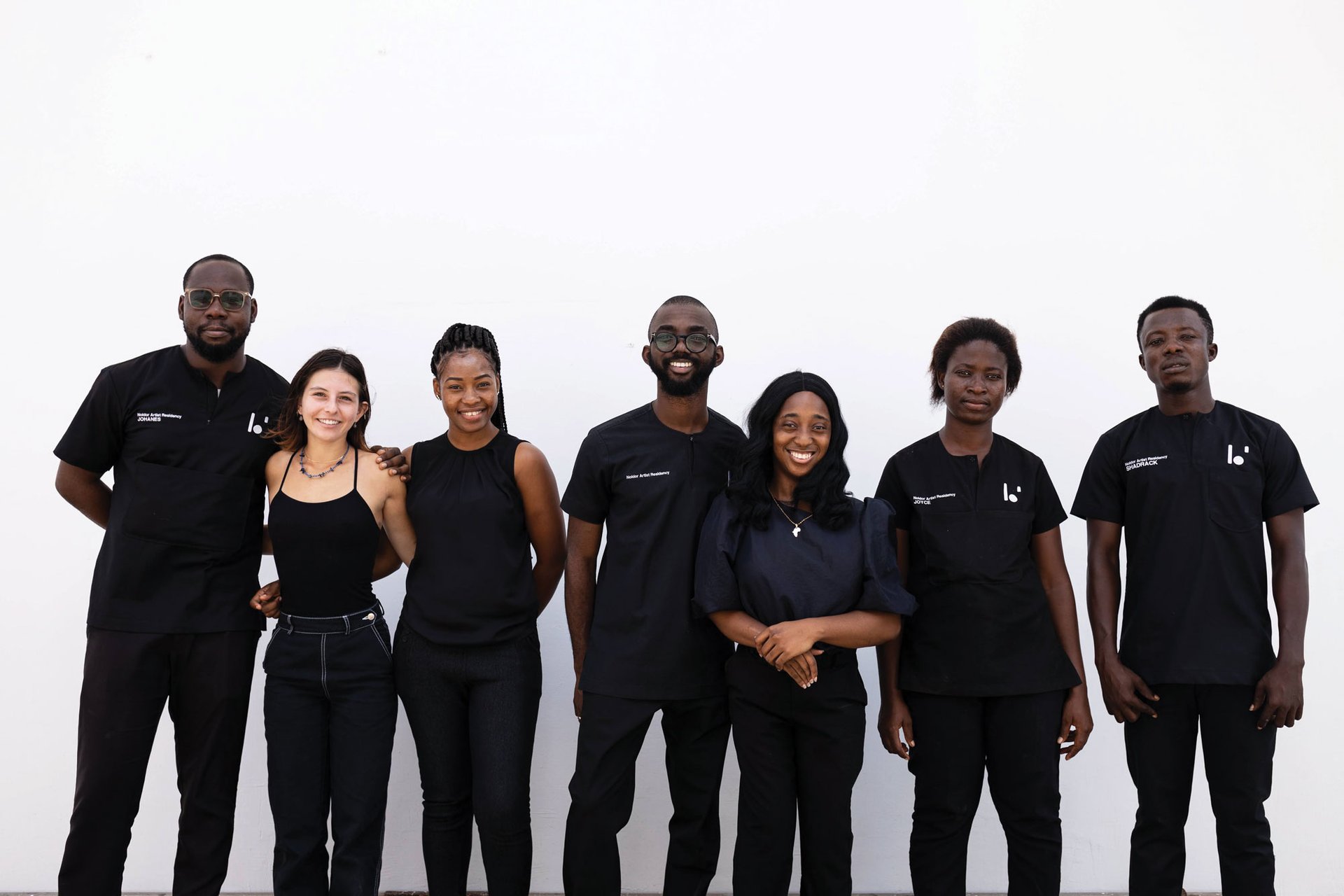
Leading the project is the 25-year-old founding director Joseph Awuah-Darko (centre) and 26-year-old chief curator Rita Mawuena Benissan (third from right) Photo: Jeremy Joseph; courtesy of the Institute Museum of Ghana
Awuah-Darko says he is following a path that has been partly inspired by other like-minded art spaces in west Africa such as Black Rock in Dakar, Senegal, a residency programme founded by the African American artist Kehinde Wiley in 2019.
He believes that a non-profit incubator space will also play a role in supporting emerging African artists to forge commercially successful careers. The aim is “to create a solid conceptual framework and knowledge base that will help artists approach the market”, Awuah-Darko says.



